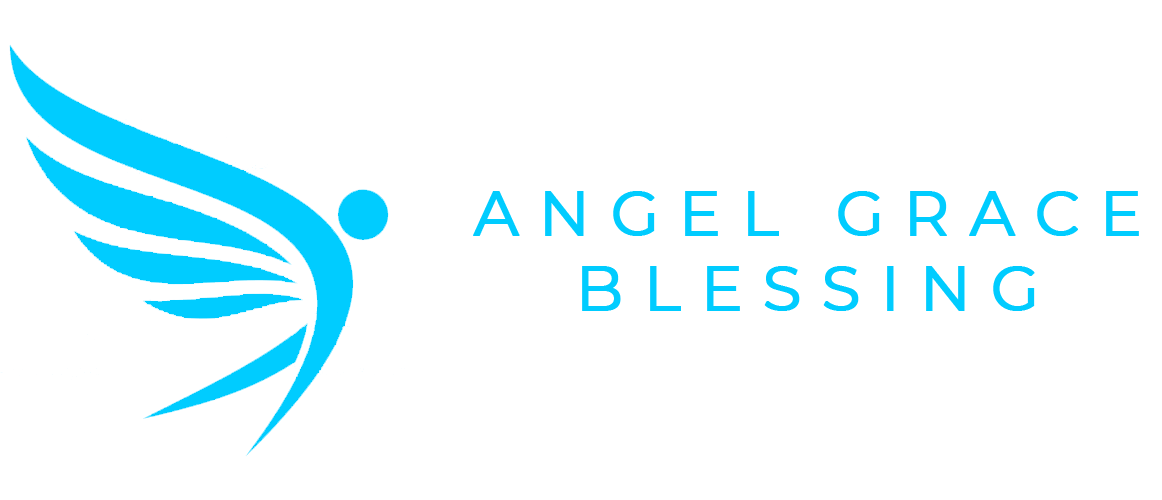“The biggest risk is not taking any risk.” – Mark Zuckerberg
In a world that’s changing faster than ever, this quote by Facebook founder Mark Zuckerberg hits with piercing truth. It’s counterintuitive, maybe even a little scary. For most people, avoiding risk feels like common sense. It’s the safe bet. The known path. But in today’s fast-paced digital age—where technology reshapes industries overnight and global trends evolve in months instead of decades—playing it safe is no longer safe. In fact, it may be the most dangerous move you can make.
The Illusion of Safety
For generations, we were taught to seek security: get good grades, land a stable job, buy a house, and settle into a predictable routine. The world rewarded consistency. If you followed the rules, you’d be okay.
That rulebook is now outdated.
The rise of automation, globalization, and digital disruption has flipped traditional logic on its head. Jobs that were once considered “safe” have disappeared or are being redefined. Whole industries—like print media, retail, and manufacturing—have been shaken or replaced by new technologies and business models. If you stand still, you're not staying safe. You're falling behind.
Risk Is Not Recklessness
It’s important to clarify that taking risks doesn’t mean being careless or impulsive. Strategic risk-taking is what separates the innovators from the imitators, the trailblazers from the followers. Risk, in this context, means being willing to step outside your comfort zone, try new things, and potentially fail—knowing that the only true failure is standing still.
Mark Zuckerberg didn’t build Facebook by playing it safe. He dropped out of Harvard, rejected multiple buyout offers, and took bold steps to expand and dominate the social networking space. Of course, not everyone can or should drop out of school or build a billion-dollar empire—but we all face moments when we must choose between safety and growth.
Why Not Taking Risks Is Riskier Than Ever
- The World Is Changing Too Fast
What worked yesterday might not work tomorrow. New platforms, tools, and trends emerge at lightning speed. Think of how quickly Netflix overtook Blockbuster, how Uber disrupted taxis, or how AI is transforming customer service, healthcare, and education.
If you're not evolving, you're becoming obsolete. The real risk lies in clinging to what's comfortable.
- Regret Is More Painful Than Failure
Psychological studies consistently show that people regret the things they didn’t do more than the things they did. Missed opportunities linger. The “what ifs” become a chorus in the back of your mind. Taking a risk and failing still gives you a story, a lesson, a badge of experience. But not trying? That can haunt you.
- Success Requires Action
No one ever achieved greatness by standing still. Whether you're launching a business, writing a book, applying for a dream job, or asking someone out—success starts with a decision to act, to leap, to take the risk. Waiting for perfect timing or guaranteed outcomes is a recipe for stagnation.
- Failure Is a Stepping Stone
Every successful person has failed. Steve Jobs was fired from Apple. Oprah was told she wasn’t fit for television. J.K. Rowling’s manuscript was rejected by a dozen publishers. What they all had in common was resilience—and the willingness to risk again, smarter.
The greatest achievements often come after the greatest failures.
How to Take Smart Risks
Not all risks are created equal. Here’s how to take them wisely:
- Start Small
You don’t have to risk everything at once. Start with low-stakes experiments. Test an idea. Try a side project. Take a class. Build momentum. Small risks prepare you for larger leaps.
- Evaluate the Downside
Ask yourself: What’s the worst that could happen? And can I live with it? Often, the risk feels bigger than it actually is. Understanding the true downside helps you act with confidence.
- Have a Plan B (and C)
Risk doesn't mean recklessness. Always have a backup plan. Contingencies make you bolder—because you know you're not walking into the unknown unprepared.
- Learn and Adapt
Each risk, successful or not, teaches you something. Adapt. Improve. Use the experience as a stepping stone, not a stumbling block.
Examples of Risk-Takers Who Changed the Game
Let’s look at a few modern icons who embraced calculated risks:
- Elon Musk: Invested his PayPal fortune into Tesla and SpaceX when both were on the verge of failure. Today, he leads in electric vehicles and private space travel.
- Sara Blakely: Invested her life savings into a shapewear idea called Spanx. With no background in business, she built it into a billion-dollar brand.
- Reed Hastings: Took on cable giants by pivoting Netflix from DVD rentals to streaming—before the infrastructure was ready. It paid off.
Each of these individuals risked reputation, capital, and comfort. But without that courage, we wouldn't know their names—or use their products daily.
The Corporate Trap: Playing It Too Safe
This principle applies not just to individuals, but organizations. Companies that fear risk often get stuck in legacy thinking. They pass on innovation. They stick to what “worked” five years ago.
Just ask Kodak. Once a photography titan, Kodak invented the digital camera but shelved it—for fear it would hurt film sales. The result? Bankruptcy.
Compare that to Amazon, which constantly experiments—often failing quietly in the background (remember the Fire Phone?)—but always evolving. The winners in business aren’t the ones who avoid risk. They’re the ones who embrace it smartly and swiftly.
Conclusion: The Real Danger Is Standing Still
Zuckerberg’s quote isn’t just a mantra for entrepreneurs or tech founders. It’s a life philosophy. Whether you’re 18 or 80, just starting out or mid-career, the challenge remains the same: Will you dare to step forward, or will you retreat into the illusion of safety?
Because here’s the truth:
- Playing it safe won’t protect you from change.
- Avoiding failure won’t guarantee success.
- And doing nothing is still a decision—with consequences.
The future belongs to those willing to take a risk. Not blindly. Not foolishly. But boldly, strategically, and with full awareness that the biggest danger isn’t making a mistake…
It’s doing nothing at all.
So take the leap. The biggest risk—is not taking any.






